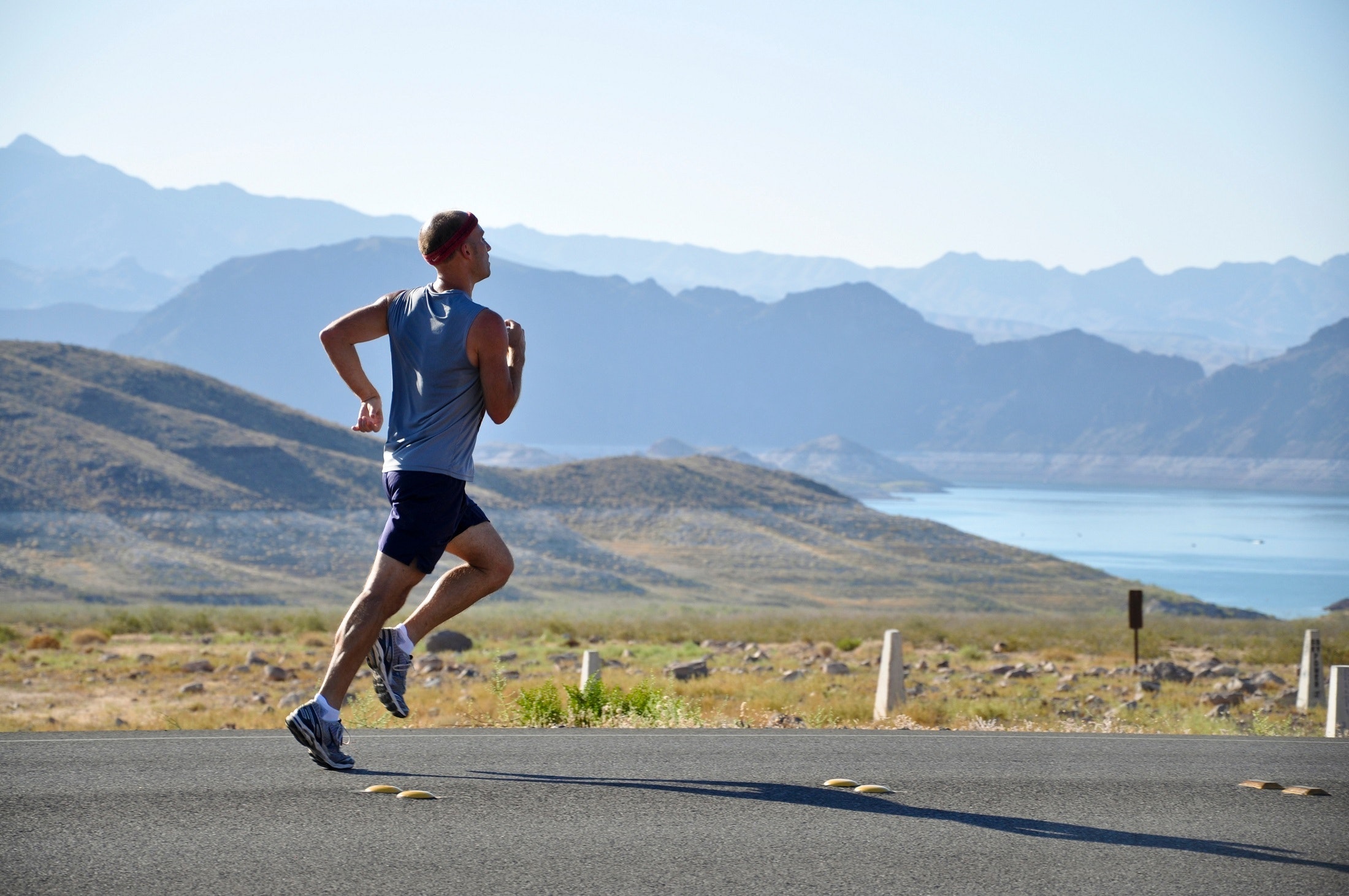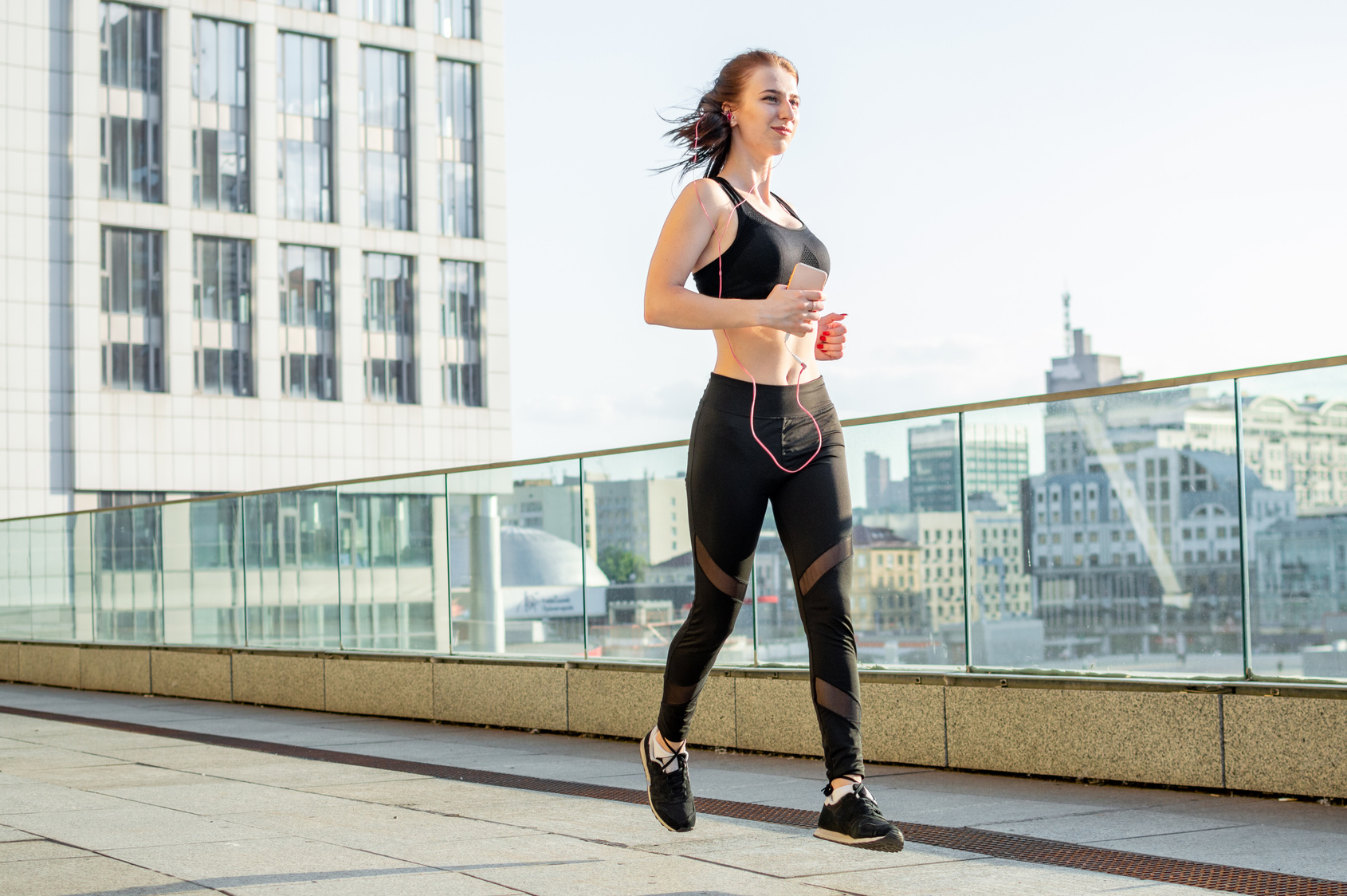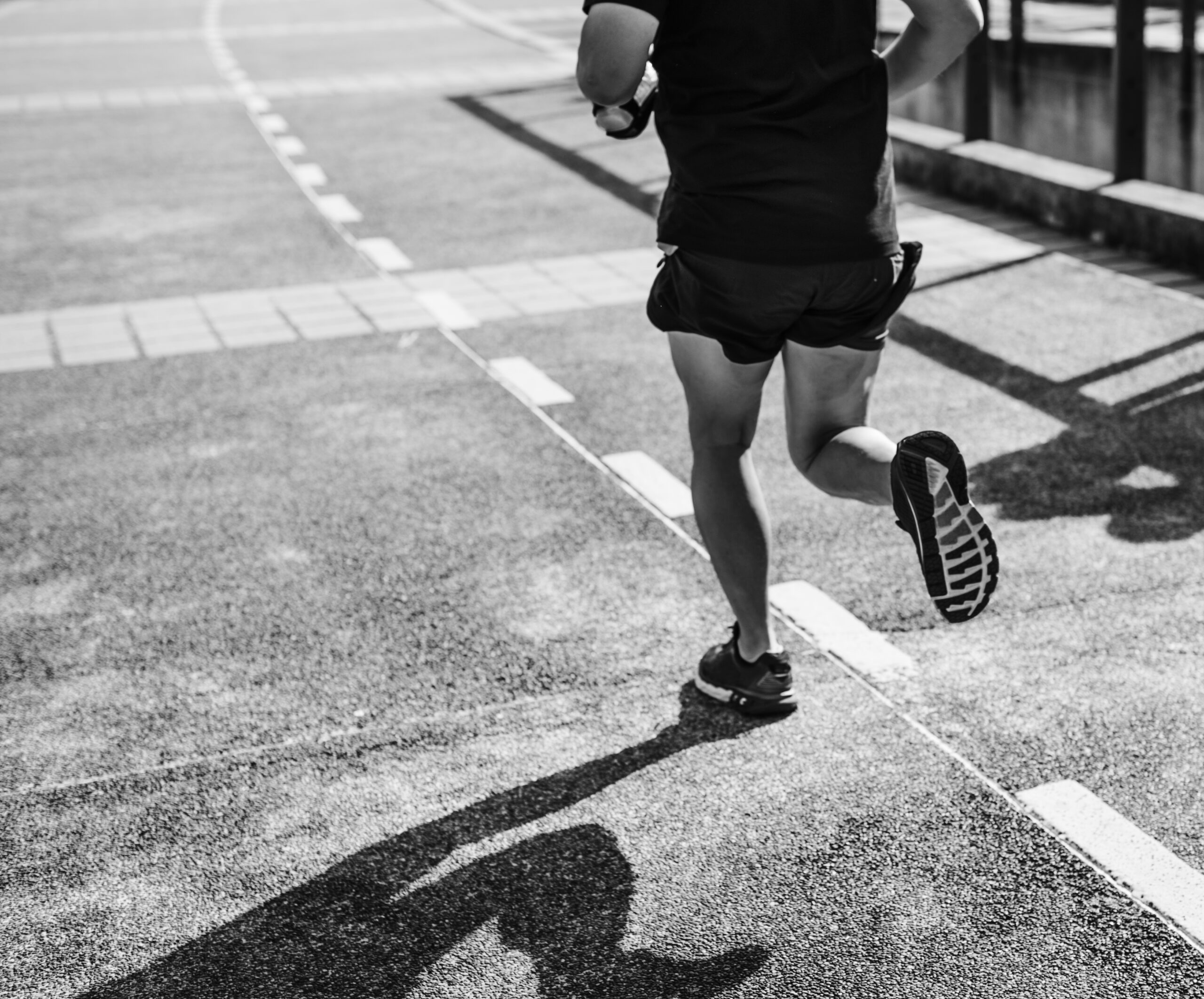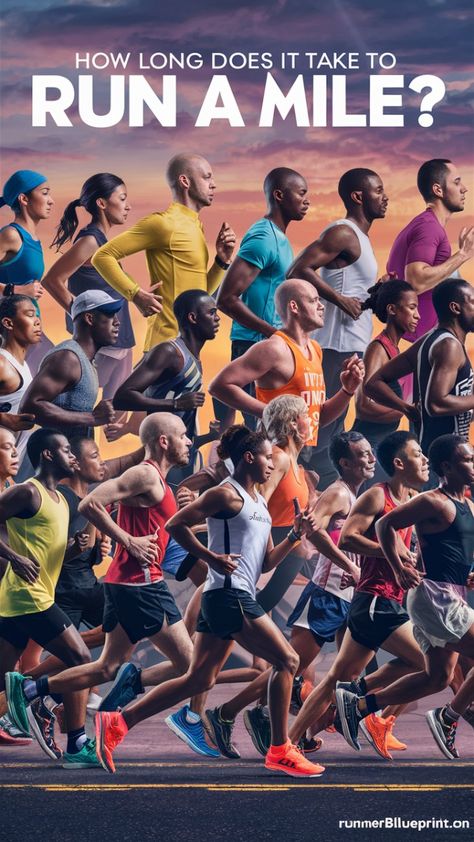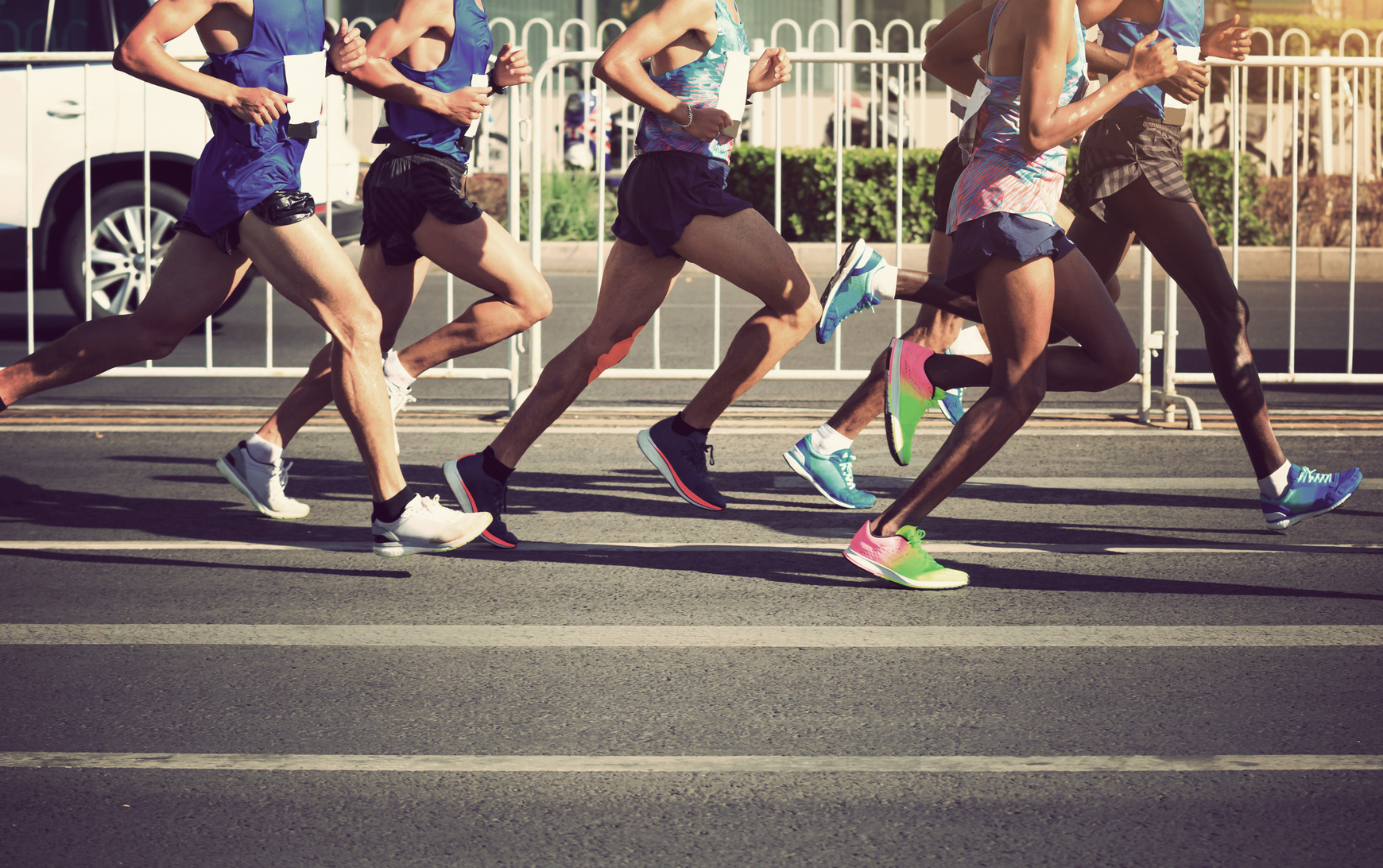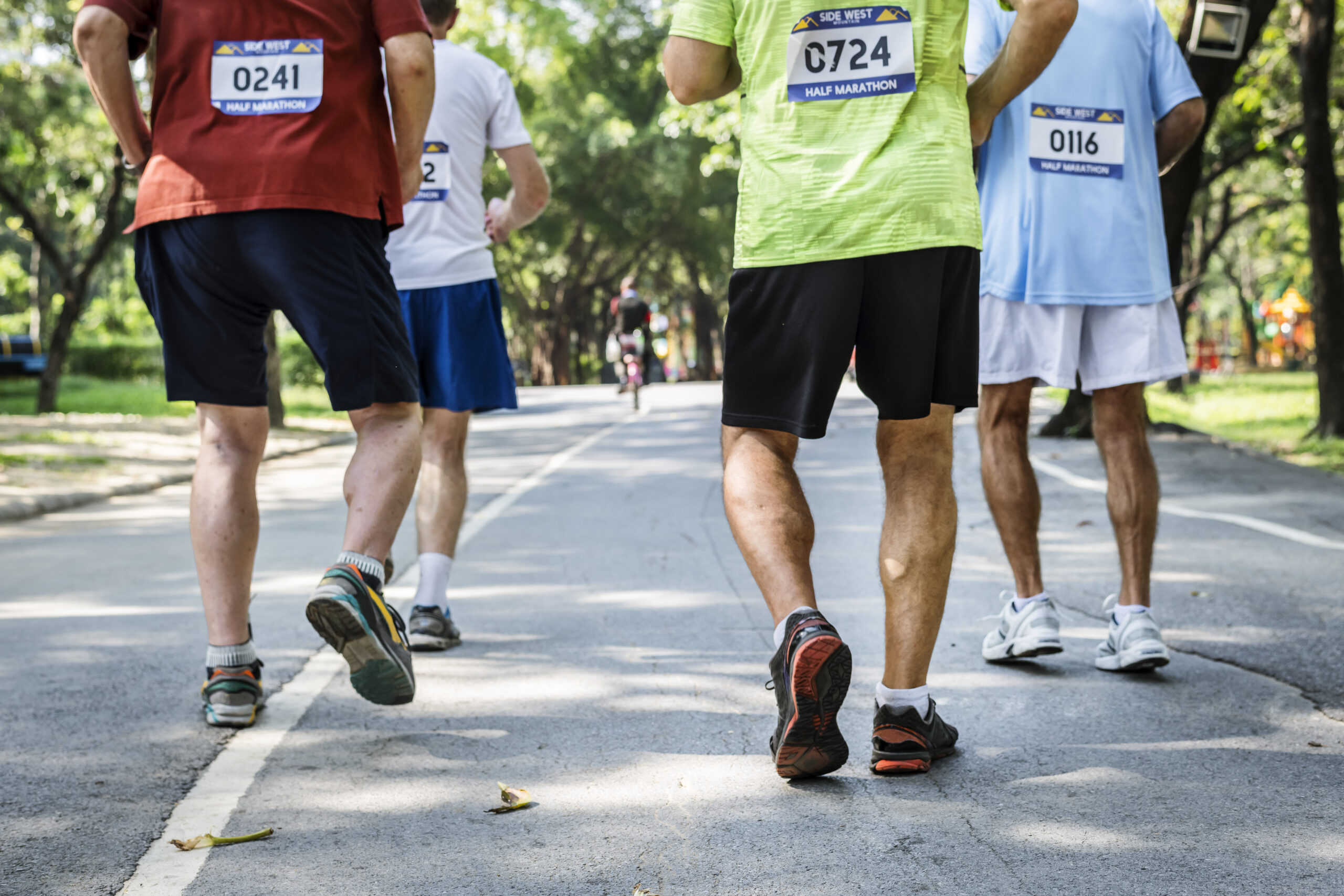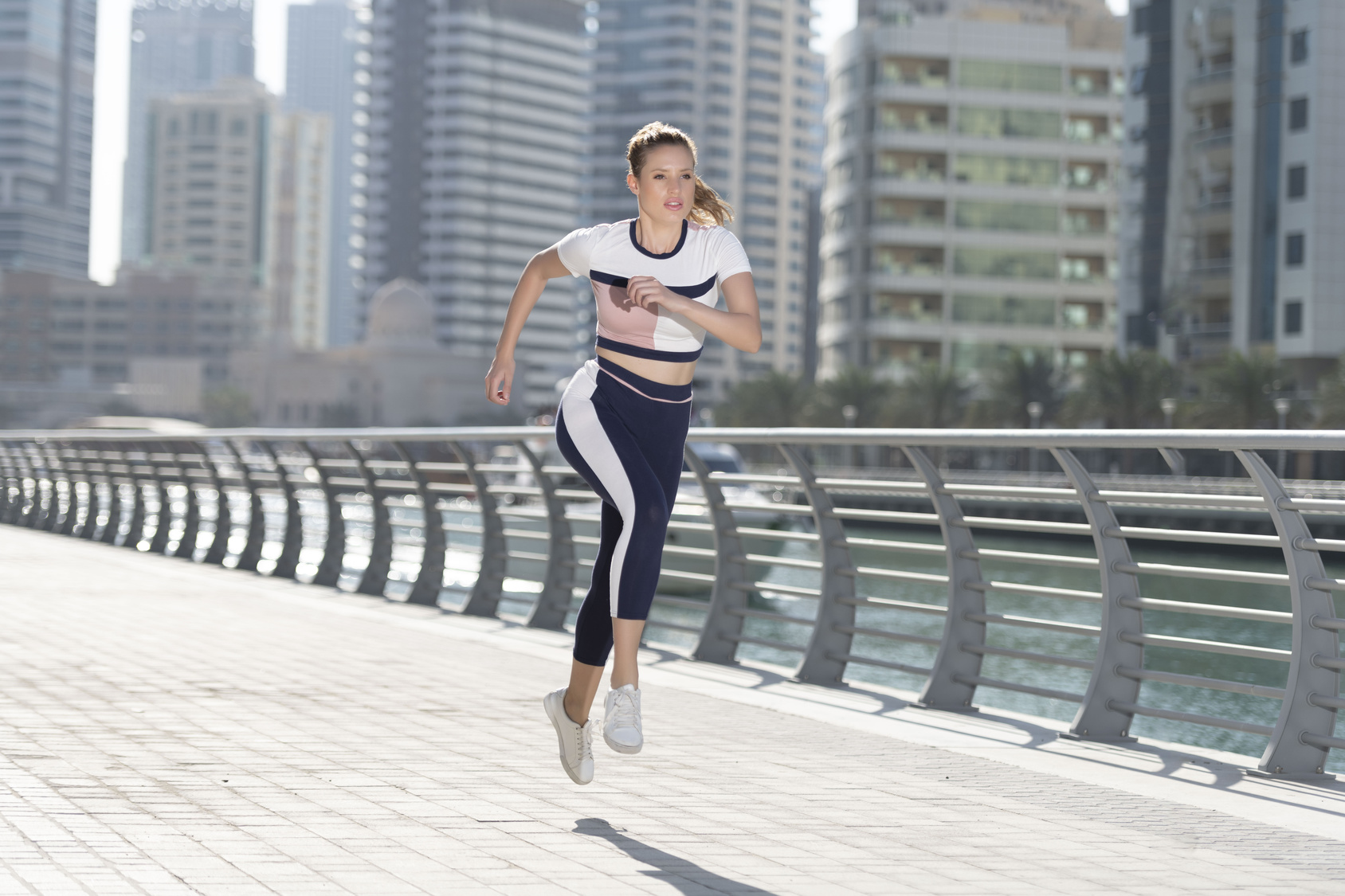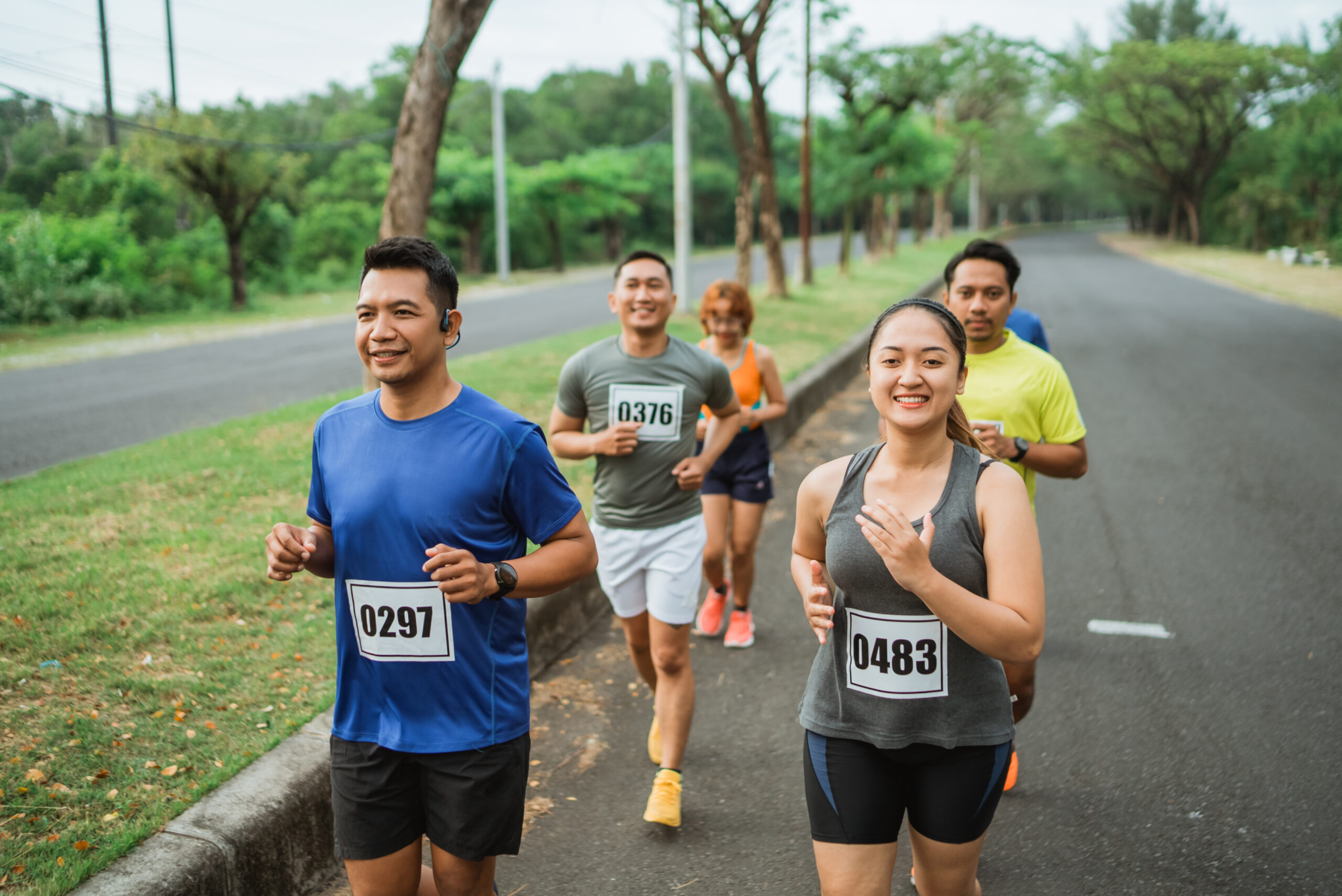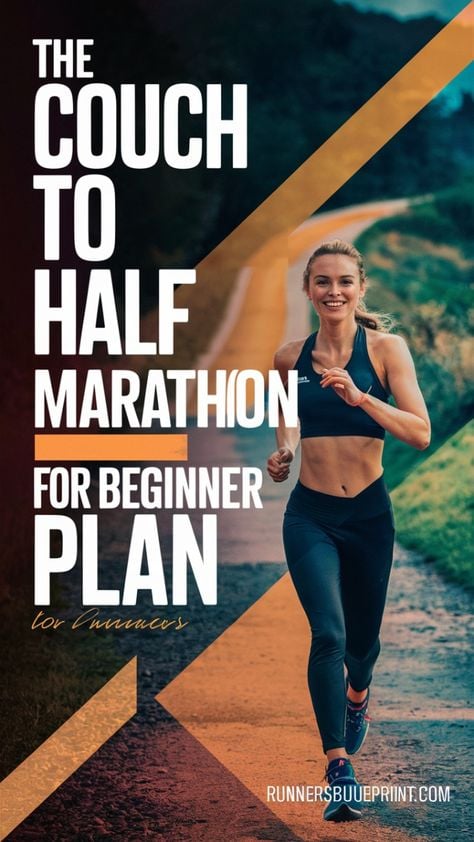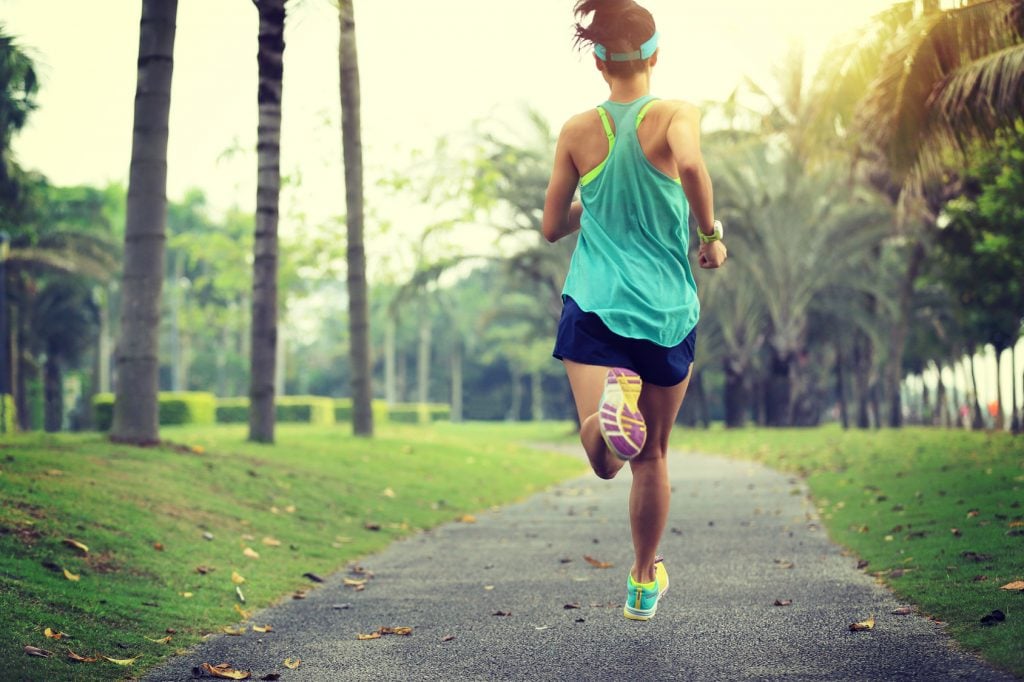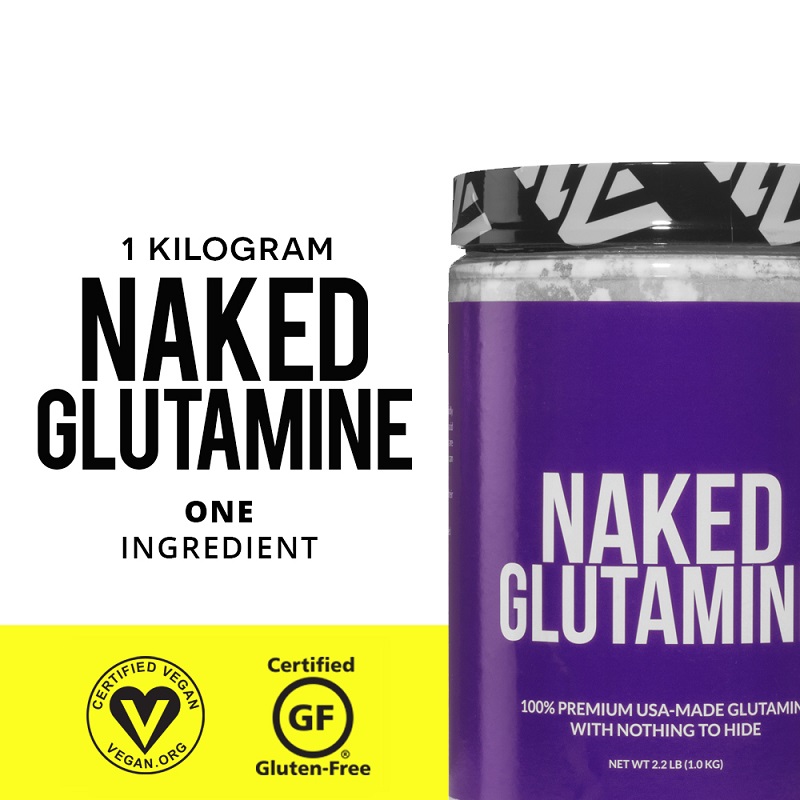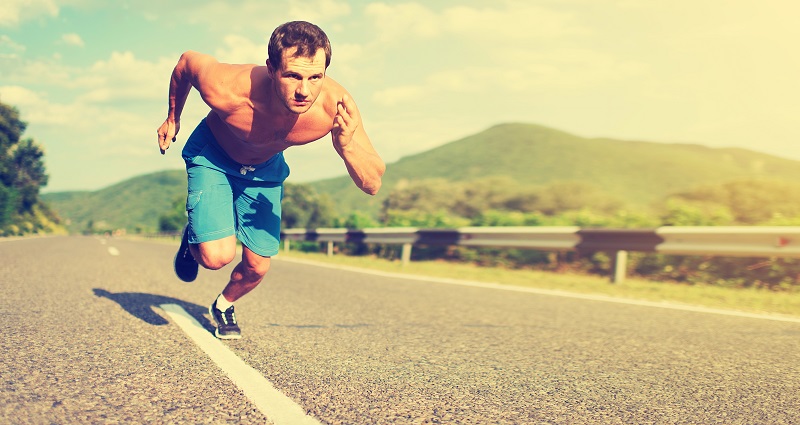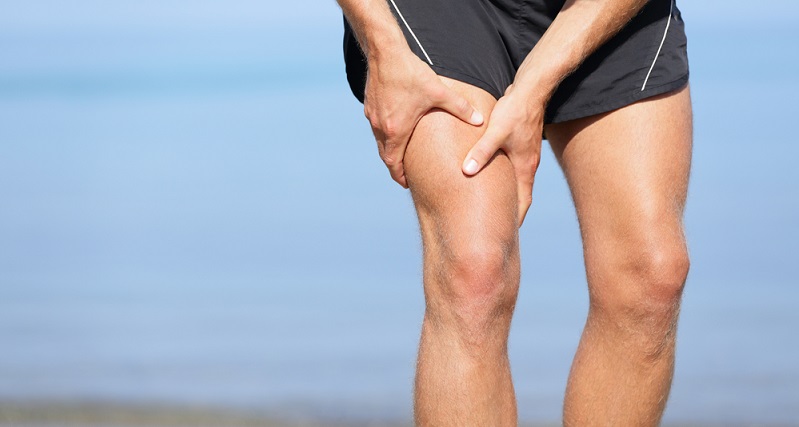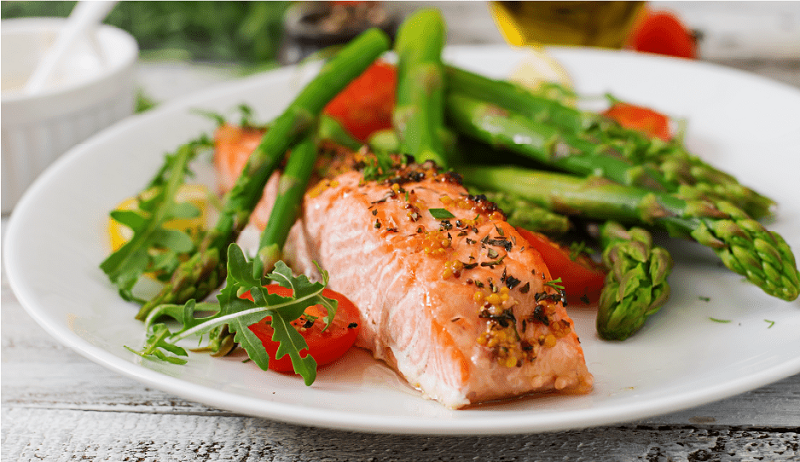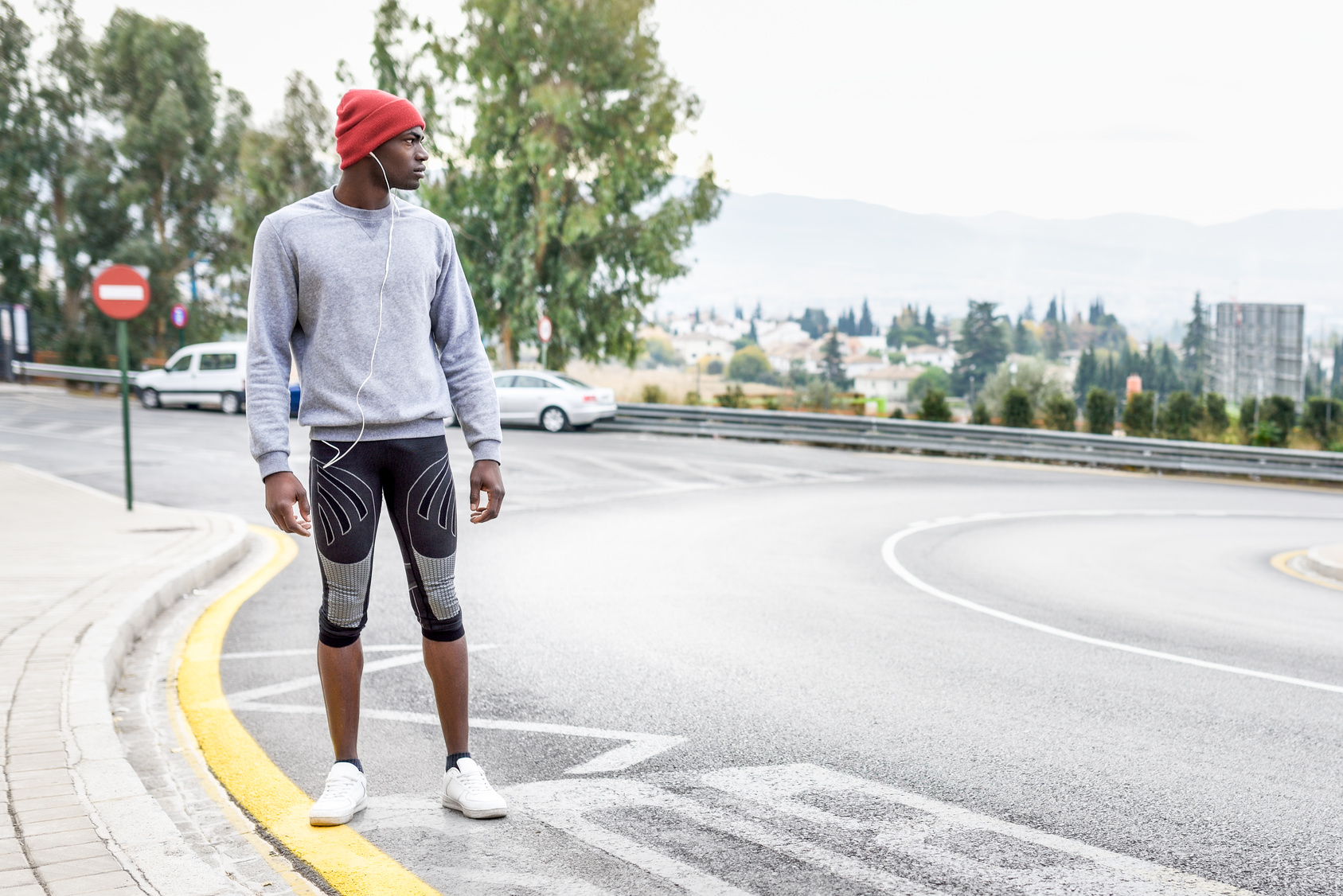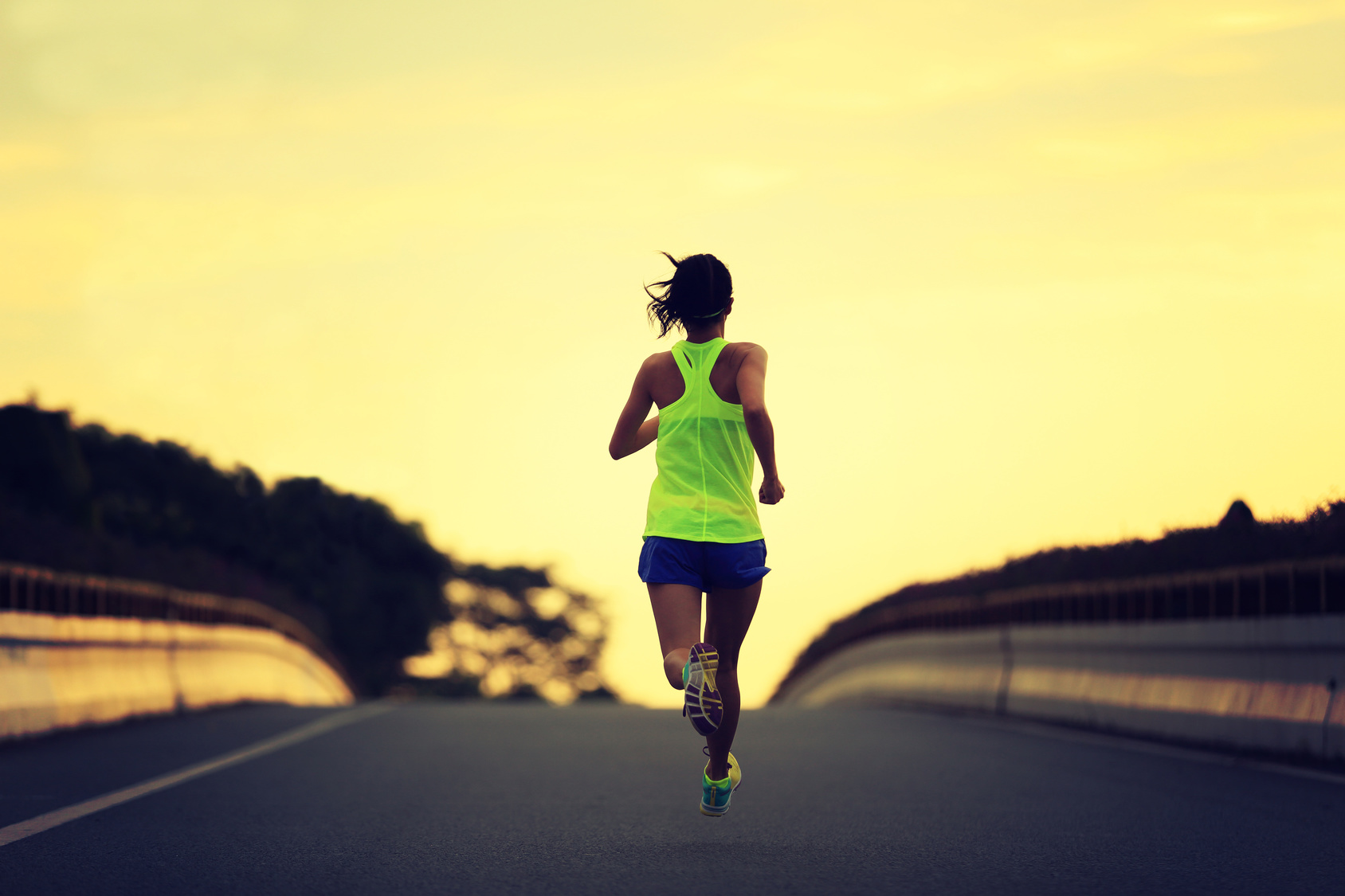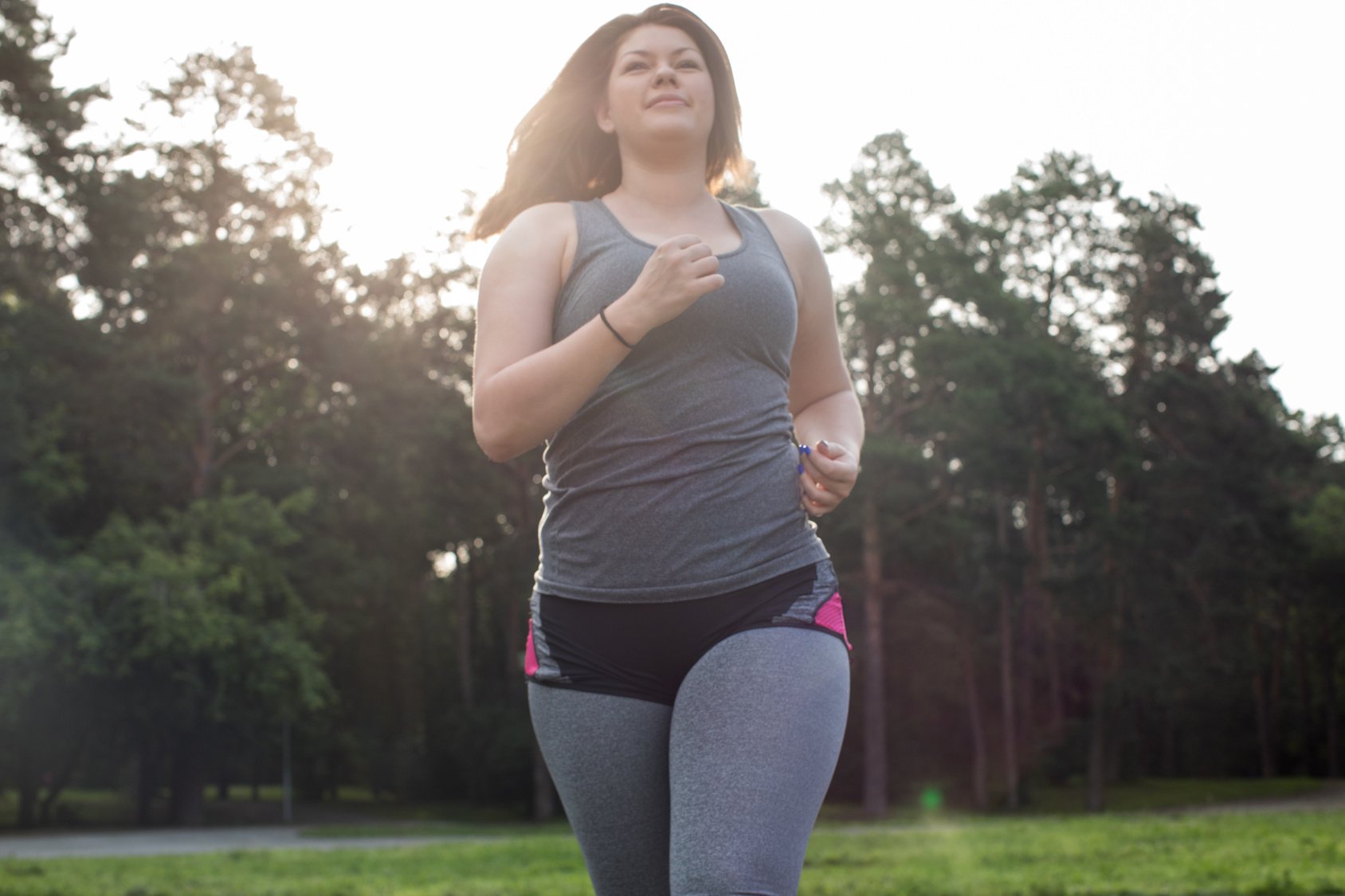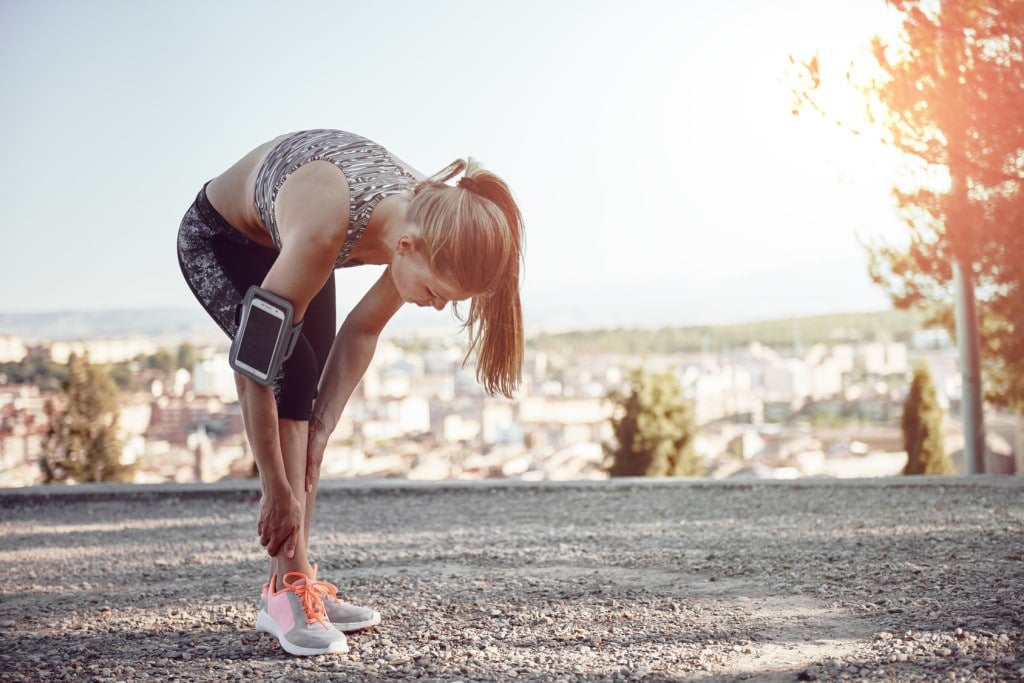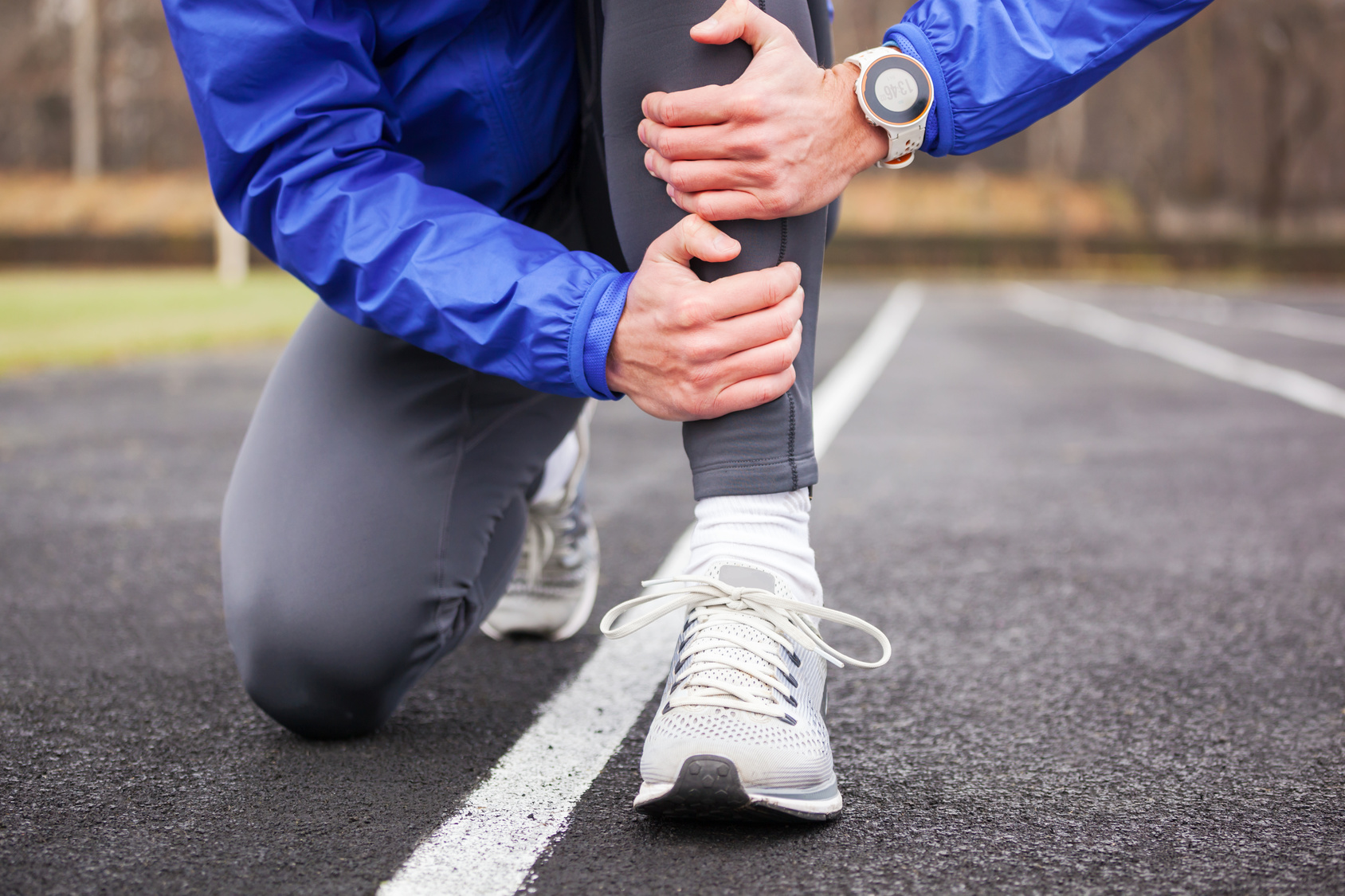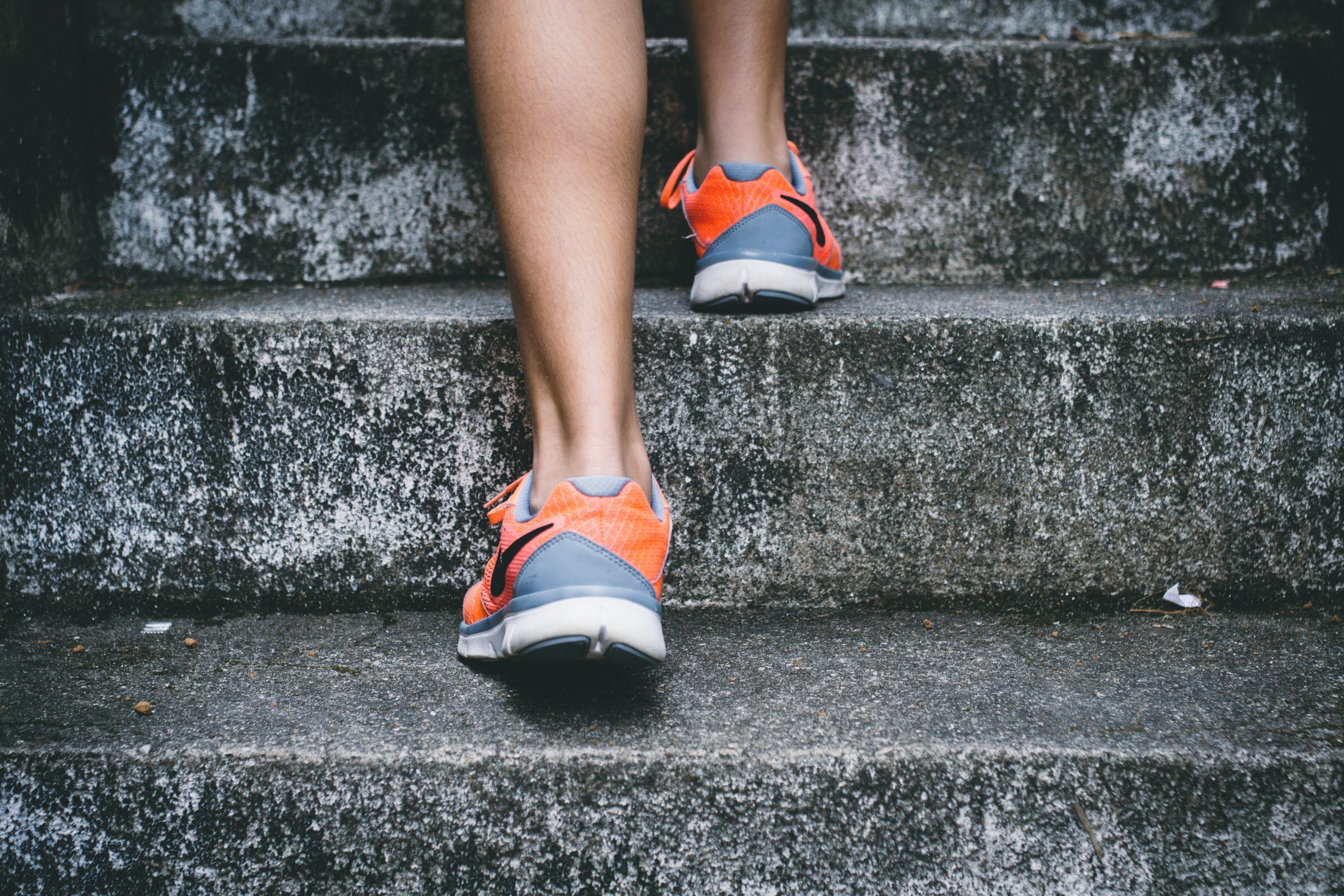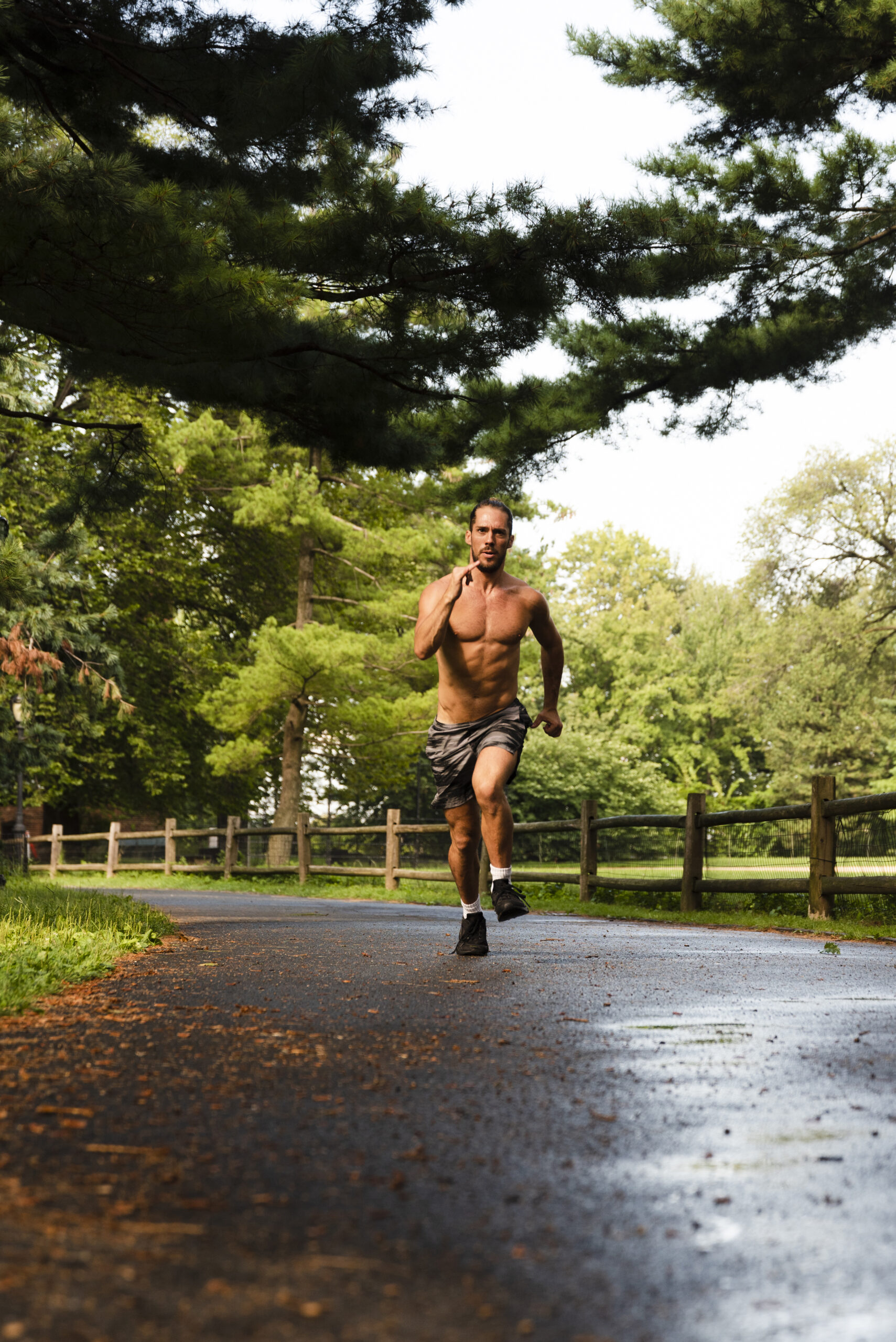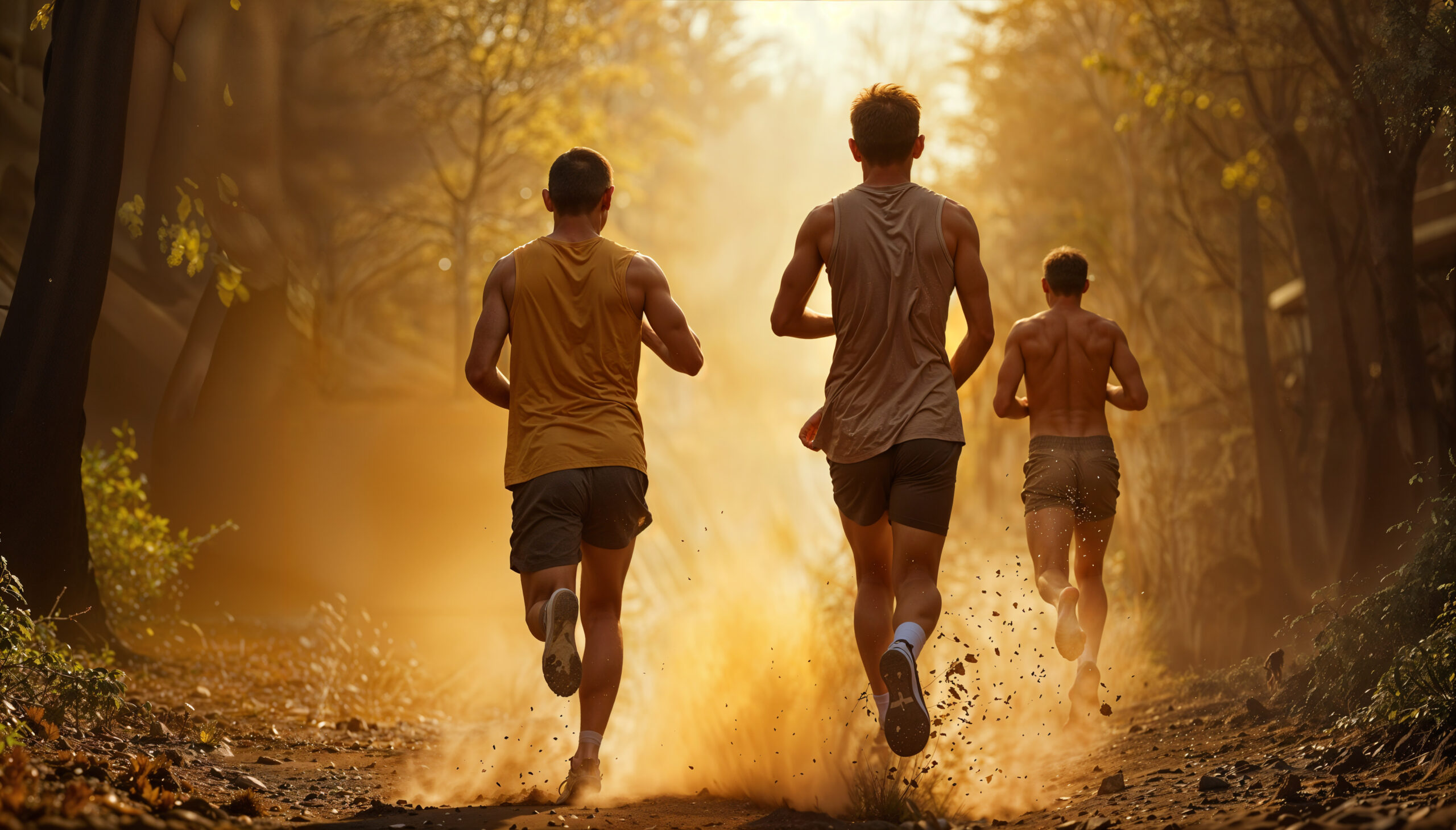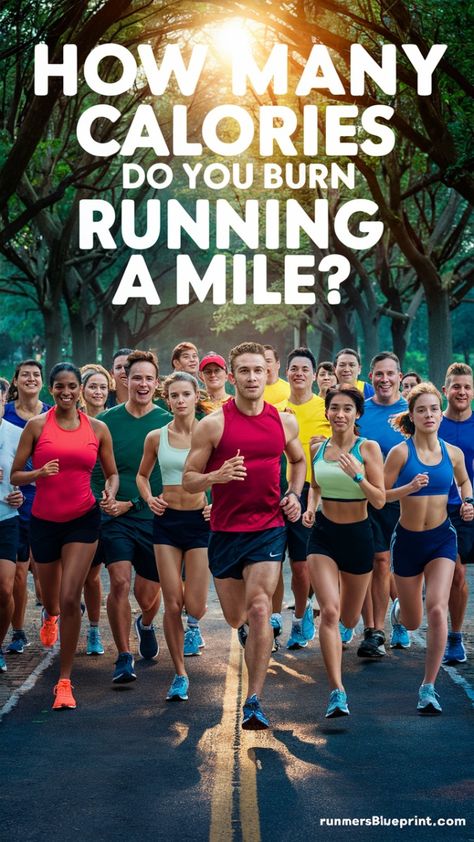Are you tired of dealing with that nagging pain in your tibialis anterior? Well, you’ve come to the right place!
We all know how frustrating it can be to have that pesky pain in the front of your shin, hindering your running performance and leaving you feeling frustrated. But fear not! I’ve got your back (or rather, your shins) with all the tips, tricks, and strategies you need to kick tibialis anterior pain to the curb and get back to doing what you love most—running like the wind.
In this comprehensive guide, we’ll delve into the ins and outs of tibialis anterior tendonitis, exploring its causes, symptoms, and, most importantly, the best ways to treat and prevent it. No more guesswork or endless internet searches. I’ve got all the information you need right here, in one convenient spot.
So, are you ready to say goodbye to that annoying shin pain once and for all? I bet you are! Let’s dive into this guide and arm you with the knowledge and strategies to conquer tibialis anterior tendonitis.
What is Tibialis Anterior Tendinopathy
Alright, let’s dive into the fascinating world of tibialis anterior pain and get our anatomy lesson on! Picture this: your lower leg is like a city divided into four distinct neighborhoods, each with its own set of muscles.
In one of these neighborhoods, the Anterior District, lies the mighty tibialis anterior tendon. This tendon is responsible for flexing your foot upward, allowing you to lift your toes towards your shin. It’s like the hardworking construction crew that helps you take each confident step as you conquer the roads and trails.
But sometimes, this bustling neighborhood can face some trouble. Tibialis anterior pain can occur when the tendon becomes inflamed and swollen, putting a damper on your running adventures. This can happen due to overuse, where repetitive movements strain the tendon, or as a result of a traumatic ankle injury that throws everything off balance.
Now, let’s zoom in a bit closer. The boundaries of this Anterior District are formed by the sturdy tibia and fibula, the bones that give structure to your lower leg. Think of them as the protective walls that enclose this vibrant neighborhood. And to keep things organized, the anterior intermuscular septum and the interosseous membrane act as reliable border guards, ensuring that everything stays in its rightful place.
Understanding the intricate anatomy of our lower leg is key to unraveling the mysteries of tibialis anterior pain. So, put on your explorer hats and get ready to navigate through the remarkable world within your own body. By delving deeper into this knowledge, we’ll arm ourselves with the understanding necessary to conquer tibialis anterior pain and regain our running freedom.
What is The Anterior Tibialis?
Imagine the anterior tibialis as a trusty guide, accompanying you on every step of your running journey. This muscle-tendon duo takes its place on the outside of the tibia, marching alongside the shin bone with unwavering dedication.
As you move forward, this dynamic duo crosses the ankle and continues its mission, reaching its final destination along the inside of your foot. It’s like a well-choreographed dance routine, with the tendon connecting to the bone just behind the big toe, ensuring stability and strength.
But what exactly does this muscle-tendon duo do? Well, let’s break it down. During your gait, they have not one, but two important roles to play. Think of them as the dynamic duo with a double mission.
First, during the swing phase of your stride, the anterior tibialis goes into action, concentrically dorsiflexing your ankle.
In simpler terms, it pulls your foot upwards to help with precise foot placement.
But the journey doesn’t end there. As your foot makes initial contact with the ground, the anterior tibialis shifts gears. It now switches to an eccentric contraction, acting as a regulator for the transition from heel strike to mid-stance. It’s like a vigilant traffic controller, ensuring a smooth flow of movement as your foot hits the ground and prepares to carry you forward.
The Dire Consequences
Ignoring this problem is like poking a sleeping dragon with a stick—it can quickly escalate into a full-blown disaster. We’re talking about dire consequences that we definitely want to avoid.
Picture this: if left untreated, that innocent-looking anterior tibialis injury can turn into a full-blown tendon rupture. It’s like a ticking time bomb, waiting to go off and throw your running routine into complete chaos. Trust me, you don’t want to go down that road. Recovering from such an injury is no walk in the park; it’s a long and winding road to recovery that tests your patience and resolve.
But wait, there’s more. Brace yourselves for a term that sounds like something straight out of a sci-fi movie: “drop foot.” It’s not as fun as it sounds, believe me.
When the anterior tibialis muscle becomes alarmingly weak, it can lead to this unfortunate condition.
Imagine trying to walk with your foot seemingly dragging along, lacking the strength to lift it properly. It’s like having an invisible anchor weighing you down, making every step feel like an uphill battle.

Causes of Tibialis Anterior Pain
Picture this: our poor tendon, trying to keep up with our relentless training regimen, is pushed beyond its limits. It’s like squeezing a lemon until every last drop is extracted. The result? Micro-tears in the tendon, causing damage that sets off an inflammatory response within our bodies.
It’s the body’s way of saying, “Hey, we’ve got some repair work to do!”
Now, here’s where things get interesting. Tendinopathy is the culprit behind the swelling within the tendon. It’s like a sneaky intruder that sets up camp, causing discomfort and hindering our running adventures. But guess what? It’s not just our intense training sessions that can trigger this condition. Oh no, there are other factors at play too.
Let’s talk about tight footwear and tight shoelaces—those sneaky saboteurs that compress our poor anterior tibialis tendon. It’s like putting our foot in a vise grip, squeezing the life out of it and leaving our tendon crying out for freedom. So, let’s give our feet some breathing room, shall we?
And last but not least, poor foot or ankle biomechanics can add fuel to the fire. It’s like trying to run with a wonky wheel on a shopping cart—it throws our entire stride out of whack, putting undue stress on our precious anterior tibialis tendon.
The Symptoms
You’re out there pounding the pavement, feeling the wind in your hair, when suddenly, discomfort or pain strikes from your knee all the way down to your big toe.
Ouch! That’s the signal that something’s not right within the intricate web of tendons and muscles in your lower leg.
Now, let’s zoom in on the main troublemaker—the tibialis anterior tendon. It’s like a mischievous troublemaker that decides to cause a ruckus right in front of your ankle joint.
Gradually, you’ll start feeling pain in that specific area. Sometimes it creeps up on you, coming and going like a mischievous phantom.
Other times, it becomes a constant companion, reminding you of its presence with every step you take. And guess what? The intensity of your exercise can make those symptoms worse. It’s like poking a sleeping dragon with a stick—expect some fiery discomfort.
But wait, there’s more to the story. As the condition progresses, any extra miles you tack on to your run will bring about even more pain. It’s like adding fuel to the fire, intensifying the discomfort.
And it doesn’t stop there. Even non-running activities can become a pain in the ankle—literally. Imagine climbing stairs or flexing your foot—each movement can be met with a surge of unwelcome pain. You may even feel it while navigating the pedals in your car, as if the road itself is conspiring against you.
So, how do you know if you’re dealing with tibialis anterior muscle strain? Well, there are some telltale signs to watch out for.
Keep an eye out for swelling at the affected area—your body’s way of signaling that trouble is brewing. And then there’s the pain itself, which can manifest as cramping, aching, or that delightful burning sensation.
You may also notice weakness in the affected leg, as if it’s lost some of its power. It’s like trying to run a race with a limp—you’re not at your full potential.
How To Treat
Alright, my fellow runners, let’s tackle the elephant in the room—tibialis anterior tendinopathy.
You’ve been hit with this nagging injury, and let me tell you, it’s not going to magically disappear if you continue running like nothing happened. It’s time to face the music and take action. So, what’s the game plan? Let me break it down for you.
Step one: Seek professional help. Yup, that’s right. Schedule a visit with a doctor or therapist who can give you an accurate diagnosis and rule out any other possible culprits. You need to make sure you’re addressing the right problem here. They’ll be like the detectives of your lower leg, investigating every nook and cranny to uncover the truth behind your discomfort.
Once you have your diagnosis, it’s time to embark on a personalized treatment plan. Your doctor or therapist will be your guiding light on this journey. They may recommend a variety of strategies based on your specific situation. Brace yourself—I’m about to drop some knowledge on you:
First up, let’s talk about building strength. We need to give some love to those weakened or dysfunctional muscles, especially our troublemaker, the tibialis anterior. It’s time to pump some iron, or maybe just work with resistance bands, to strengthen those muscles and restore their functionality. We want them firing on all cylinders once again.
Next on the agenda: loosen up those tight muscles. We’re talking about those sneaky troublemakers that might be causing abnormal movement within your limb. By stretching and mobilizing them, we can restore the full range of motion in your joint and create a more harmonious symphony of movement.
Now, let’s talk about some cool therapy—literally. Cold therapy is our secret weapon against inflammation and pain. Applying cold packs or ice to the affected area can help soothe those fiery sensations and speed up the recovery process. It’s like a refreshing ice bath for your muscles, calming them down and giving them a chance to heal.
Oh, and we can’t forget about orthotics. These nifty devices bring some extra support to the tendon and can address any abnormal foot biomechanics that might have contributed to the overuse of the tendon in the first place. They’re like the trusty sidekicks that provide stability and keep everything aligned, just like a superhero duo.
Prefer to Treat it On Your Own?
Alright, my fellow injured warriors, it’s time to take charge and bring that tibialis anterior tendinopathy under control. Get ready to unleash the power of the RICE method—our secret weapon for tackling swelling and pain head-on. Let’s dive in and learn how to do it like a pro.
First up, we have the letter “R” for Rest. This is your golden ticket to recovery. When you feel pain during weight-bearing, it’s crucial to give that affected limb some well-deserved rest.
Think of it as a timeout for your injury. Movement and weight-bearing can aggravate the situation, leading to more inflammation and swelling. And trust me, I don’t want to feed the fire.
Next, let’s move on to the letter “I” for Ice. Grab yourself a bag of frozen peas or some crushed ice, but hold up—don’t apply it directly to your skin. That would be a chilly mistake. Wrap it up in a damp cloth to protect your precious skin.
For a glorious 10 to 15 minutes, let the ice work its magic on the affected area. Cold therapy is like a cool breeze on a scorching summer day—it soothes inflammation, numbs the pain, and helps kickstart the healing process. Ah, refreshing relief!
Now, let’s tackle the letter “C” for Compression. Wrap that injured foot up like a present, but don’t go overboard and turn it into a tourniquet.
I’m talking about using an elastic bandage, like those trusty ACE wraps, to provide some gentle compression and support. Think of it as a cozy embrace for your injury—it stabilizes the area, minimizes irritation, and gives you that extra layer of protection. Just remember, snug but not suffocating. You want proper circulation flowing through your veins.
Last but not least, we have the letter “E” for Elevation. It’s time to give your injured foot a well-deserved lift. When you’re lying down or catching some Z’s, prop that foot up above heart level.
Why? Well, gravity becomes our ally here. By elevating your foot, we create a downhill path for those pesky fluids to escape. It’s like a grand escape plan for pain and swelling. For optimal results, aim to elevate the entire foot around eight to ten inches above your heart. Let gravity work its magic.
Additional Resource – How To Prevent Ankle Pain For Runners
Conclusion
There you have it
The above tips are all you need to know about treating (and why not prevent) this injury for good.
Please feel free to leave your comments and questions in the section below.
In the meantime, thank you for dropping by.
Keep training strong.
David D.

